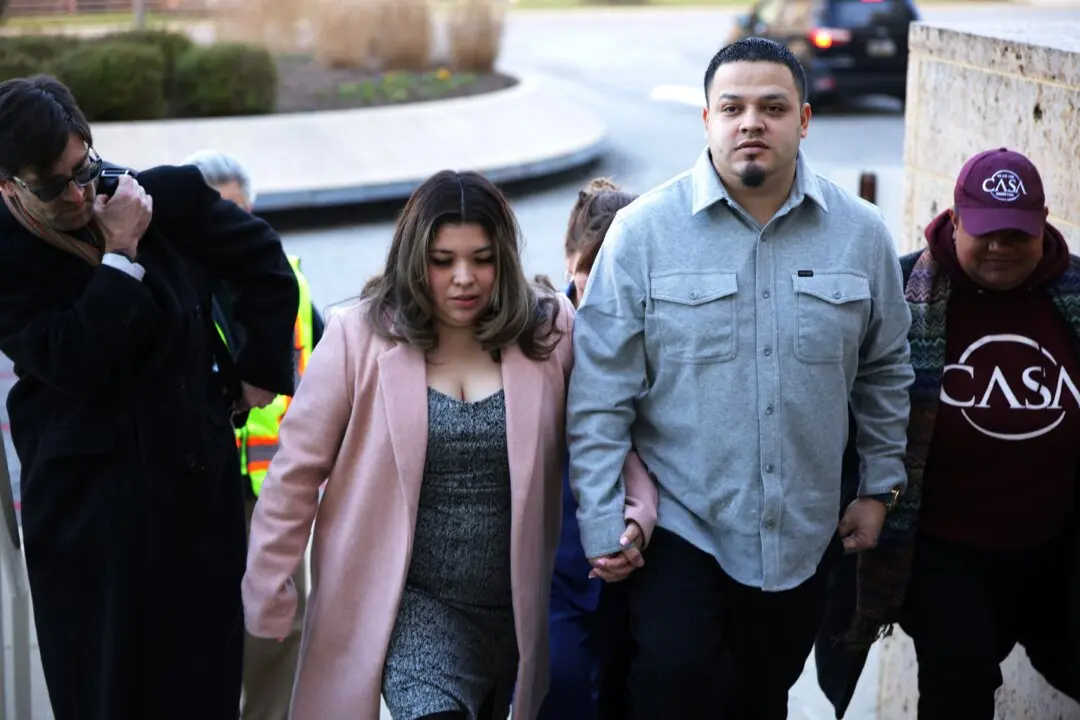President-elect Donald Trump has said he will take back control of the Panama Canal from the nation’s government if U.S. interests are not protected, in line with the Carter–Torrijos Treaty of 1977 under President Jimmy Carter.
One of the world’s busiest and most significant shipping routes, the Panama Canal cuts weeks of transit time off trade and travel—the majority of which is seeking access in and out of U.S. ports.





